Without having to give up her voice to a sea witch, the titular mermaid princess in the Japanese animated dramedy “ChaO” gets the husband of her dreams. Still, their seemingly fated bond doesn’t immediately manifest as an idealized romance. Instead, it starts out mimicking an outdated arranged marriage to secure prosperous relationships between humans and merpeople, then develops into a tale of coexistence and life-career balance. While hardly original in concept — Hayao Miyazaki’s “Ponyo” or Masaaki Yuasa’s “Lu Over the Wall” and “Ride Your Wave” come to mind — Yasuhiro Aoki’s debut feature sets itself apart by way of its singularly stylized, lively visual panache.
Not set in Japan, but in the Chinese city of Shanghai, the story of this union across kingdoms is framed via an interview that a young journalist from a near future is doing with a mysterious Stephan (Oji Suzuka), ChaO’s human mate, to debunk the accounts of history books in this reality on how their connection happened. In the opening scene, the vibrant production design reveals the densely populated city has been retrofitted to accommodate water dwellers into a diverse society. But how did they achieve this inclusive utopia?
Backtrack to a younger Stephan, a more frantic and ambitious engineer than the one telling the tale from years ahead. He works at a ship manufacturing company, which finds itself at a political crossroads: King Neptunus (Kenta Miyake), ruler of the ocean, threatens to cease relations with humanity if something isn’t done about the screw propellers on commercial vessels that harm merkind. And though Stephan has been working on an air jet that would prevent these injuries, his boss has little interest in hearing his costly idea. That changes when ChaO (Anna Yamada) comes across him at sea and implies she’s loved him for as long as she can remember. For the collective benefit, Stephan agrees to marry her in exchange for resources to develop his vision.
Backgrounds in “ChaO” are laden with rich detail, reflecting the visual saturation of a crowded metropolis like Shanghai. The visual uniqueness of this fantastical depiction extends to the character design, which one can instantly identify as distinct from that of most anime, whether features or series. The eyes on Stephan and most characters, for example, are minimalist and sketch-like, rather than enlarged and elaborate. In contrast to those restrained facial features, there are those who sport oversized heads or oval-shaped bodies. And the aesthetic extravagance appears even more pronounced in the merpeople, all of whom take on a humanoid form on land and live as sea creatures underwater. It’s only once the merperson trusts a human that they can keep their anthropomorphic bodies.
Enter ChaO, who herself looks to have been crafted with the intention to maximize her adorableness in fish form. Her rotund shape, bright salmon colored skin, big widely spaced eyes and foam-like hair make for a disarmingly lovable presence. Underwater, ChaO’s appearance transforms into that of a mermaid one might more easily recognize, but with a bluish hair.
Off to a rocky start, ChaO and Stephan move into his minuscule apartment, an adjustment for the former who ignores how everyday life operates for humans. Endearing comedy is mined from her impromptu education about what Stephan likes to eat or even what fireworks are and whether one can deploy them indoors. Stephan’s friends, scientist Robelt (Yuichiro Umehara) and Mybae (Kavka Shishido), step in to sort of parent ChaO, as Stephan turns dismissive toward what feels like an imposed partner.
The artists behind “ChaO,” in particular character designer and supervising animation director Hirokazu Kojima, decidedly crafted a universe with a cast of characters whose personalities resonate as memorable as their eclectic configuration — consider the enormous baby that casually wanders Stephan’s street, presumably at the same time everyday. There are sequences that dazzle for the kinetic vibrancy of the animation: a music-driven moment that sees ChaO dancing inside a fountain as she manipulates water around her or an aerial sequence involving one of Robelt’s robots are standouts.
When ChaO vanishes after angering Stephan, the latter must return to the trauma of his childhood to understand his deep ties to his would-be wife and reconsider his future. Hanasaki Kino’s screenplay may be overstuffed with creativity, which matches the movie’s other maximalist qualities, but it’s Stephan’s evolution into maturity that eventually surfaces as the key theme. His pursuit of professional greatness becomes secondary to his appreciation for more essential fulfilment: namely, a family of his own. Whether visually or emotionally, that journey makes for a delightfully offbeat experience.

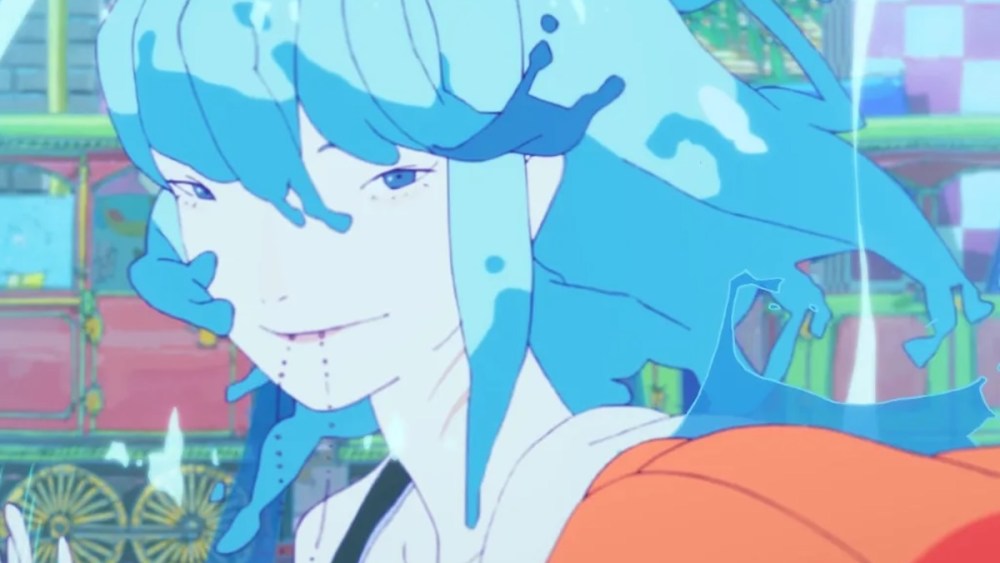

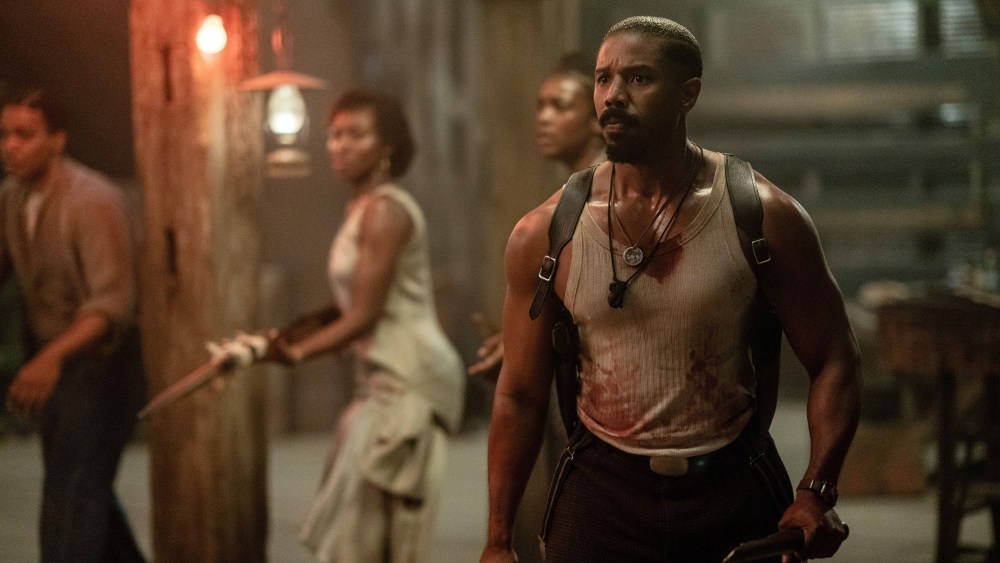

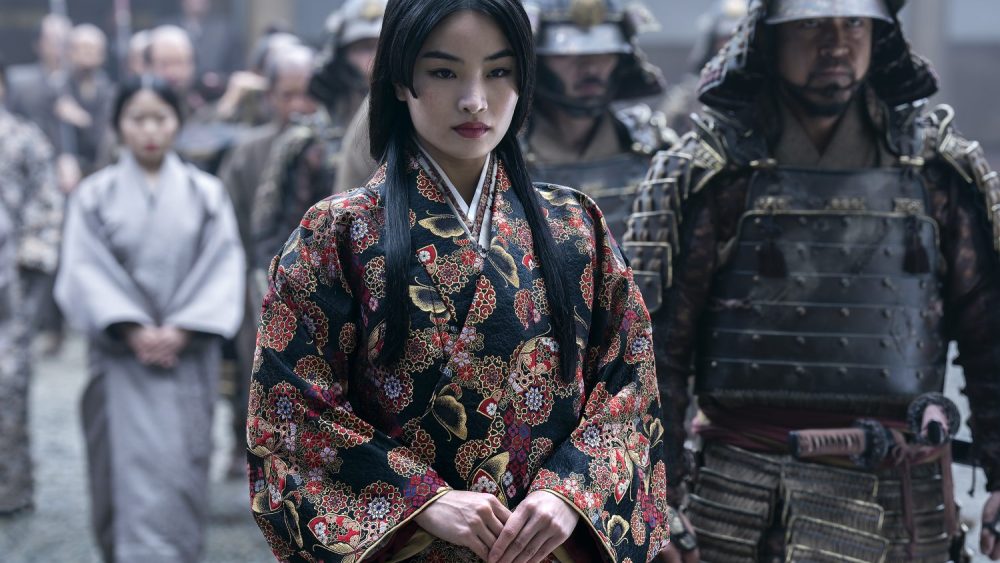
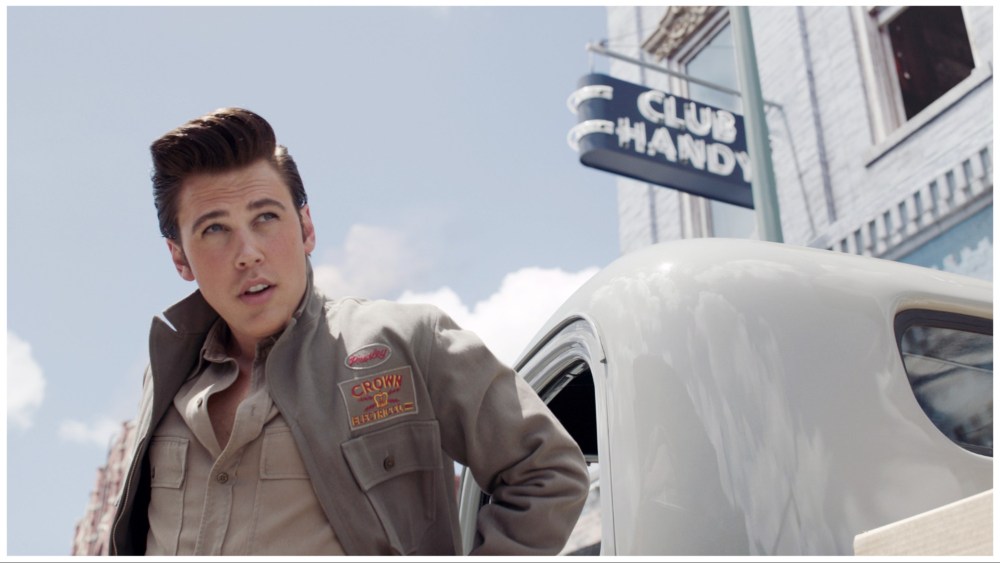

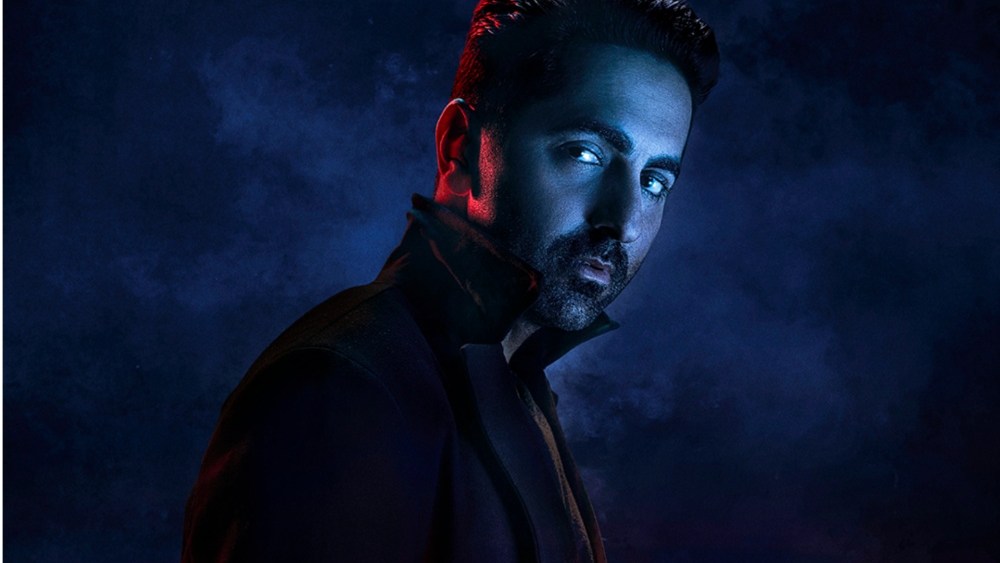
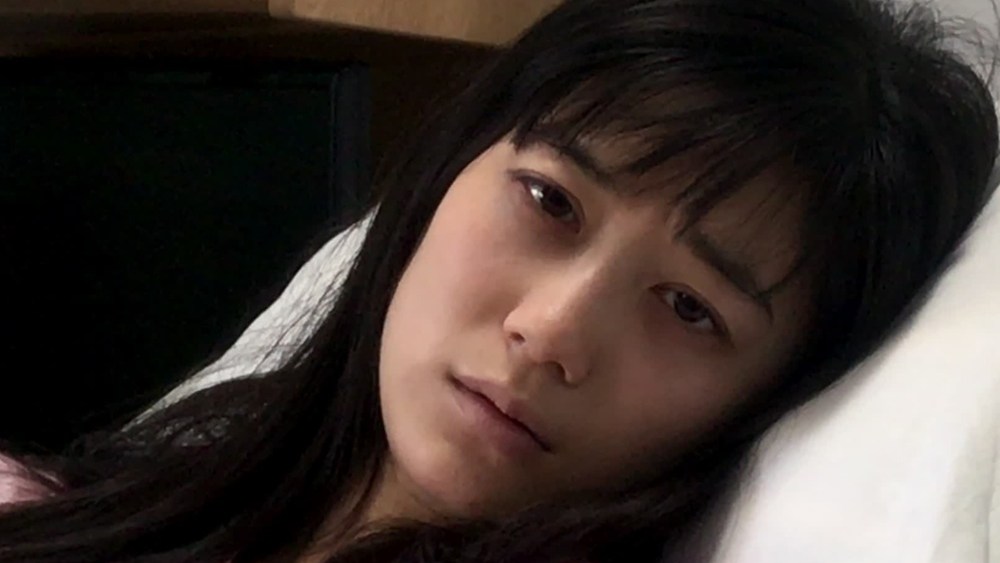
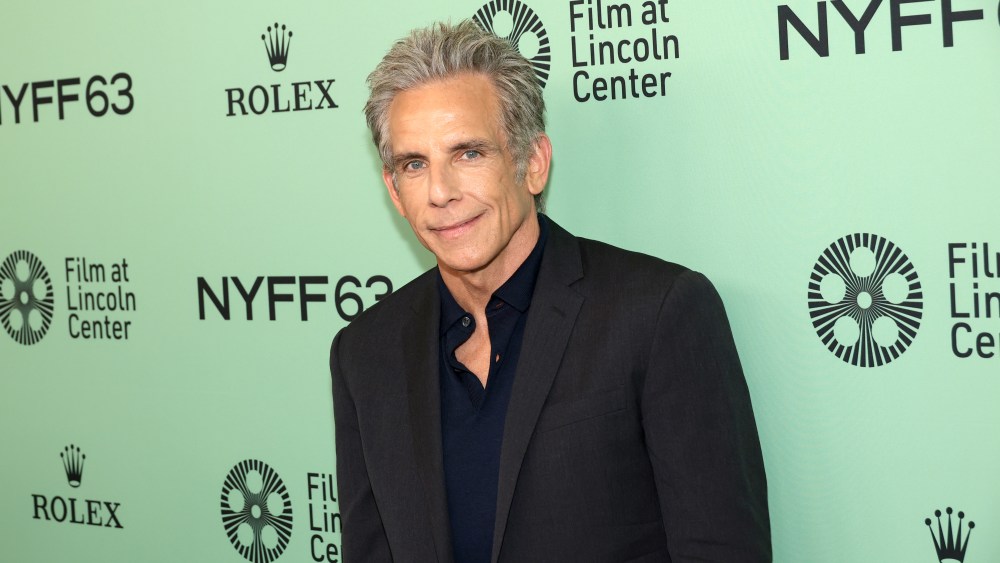
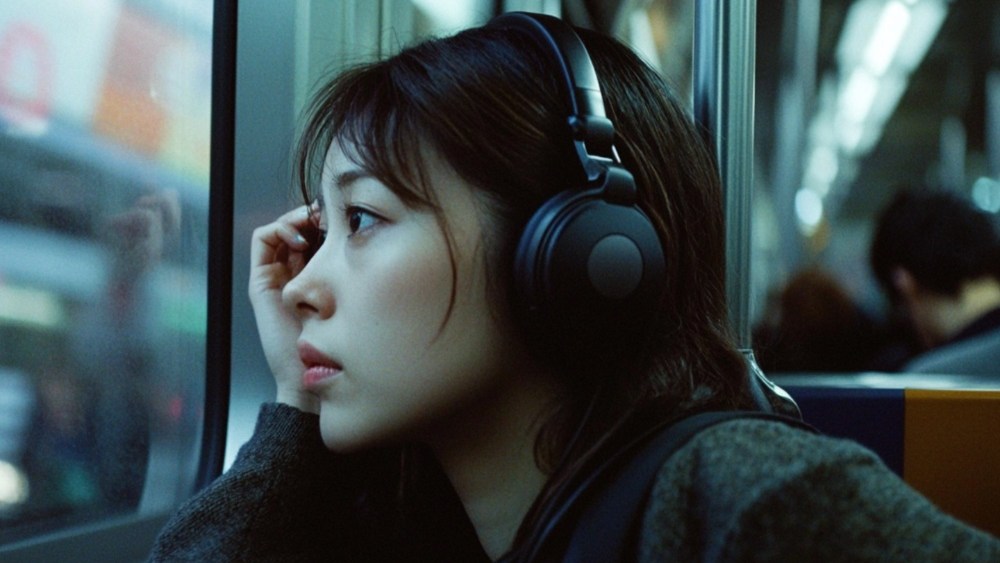
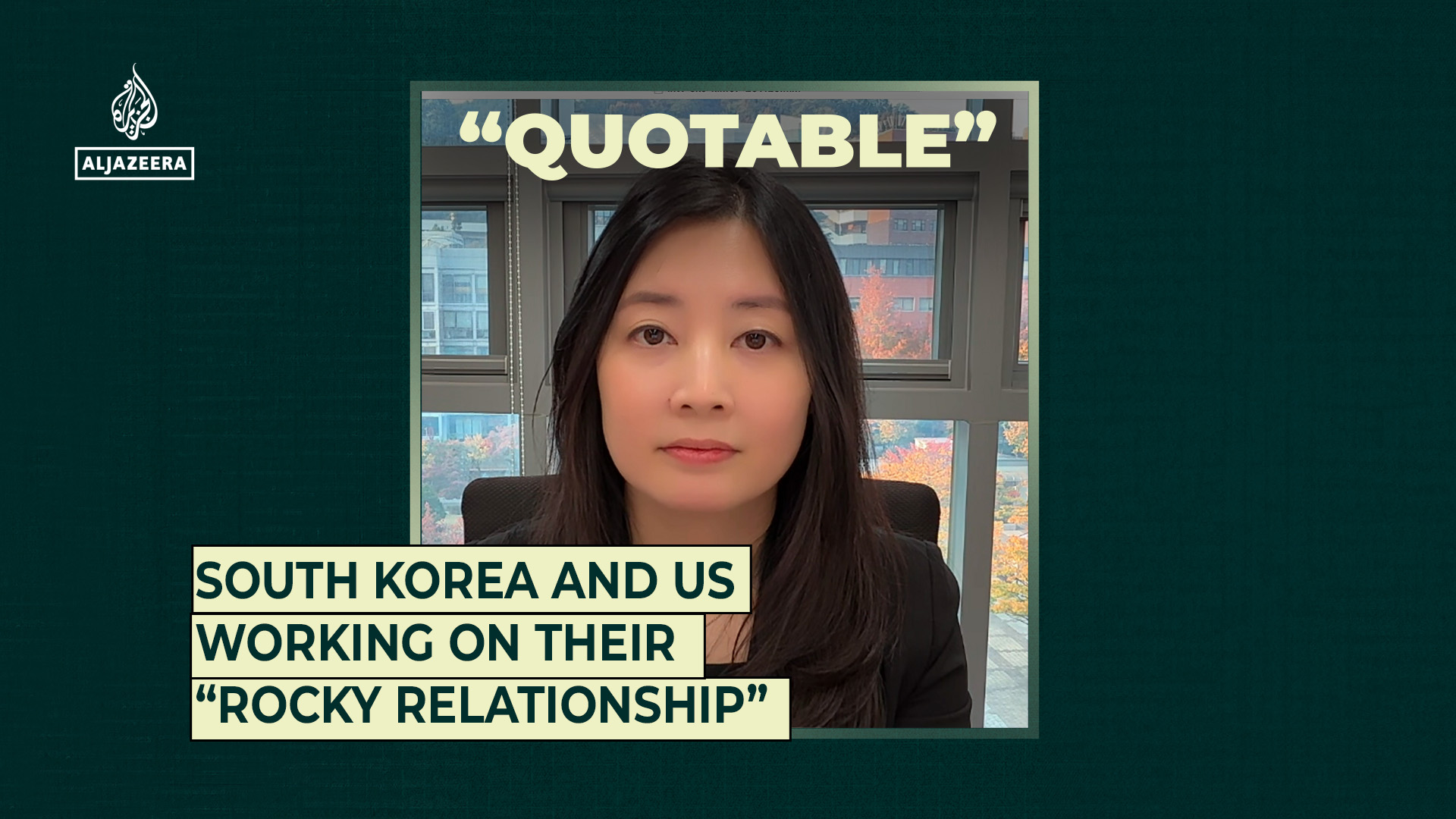


Leave a Reply